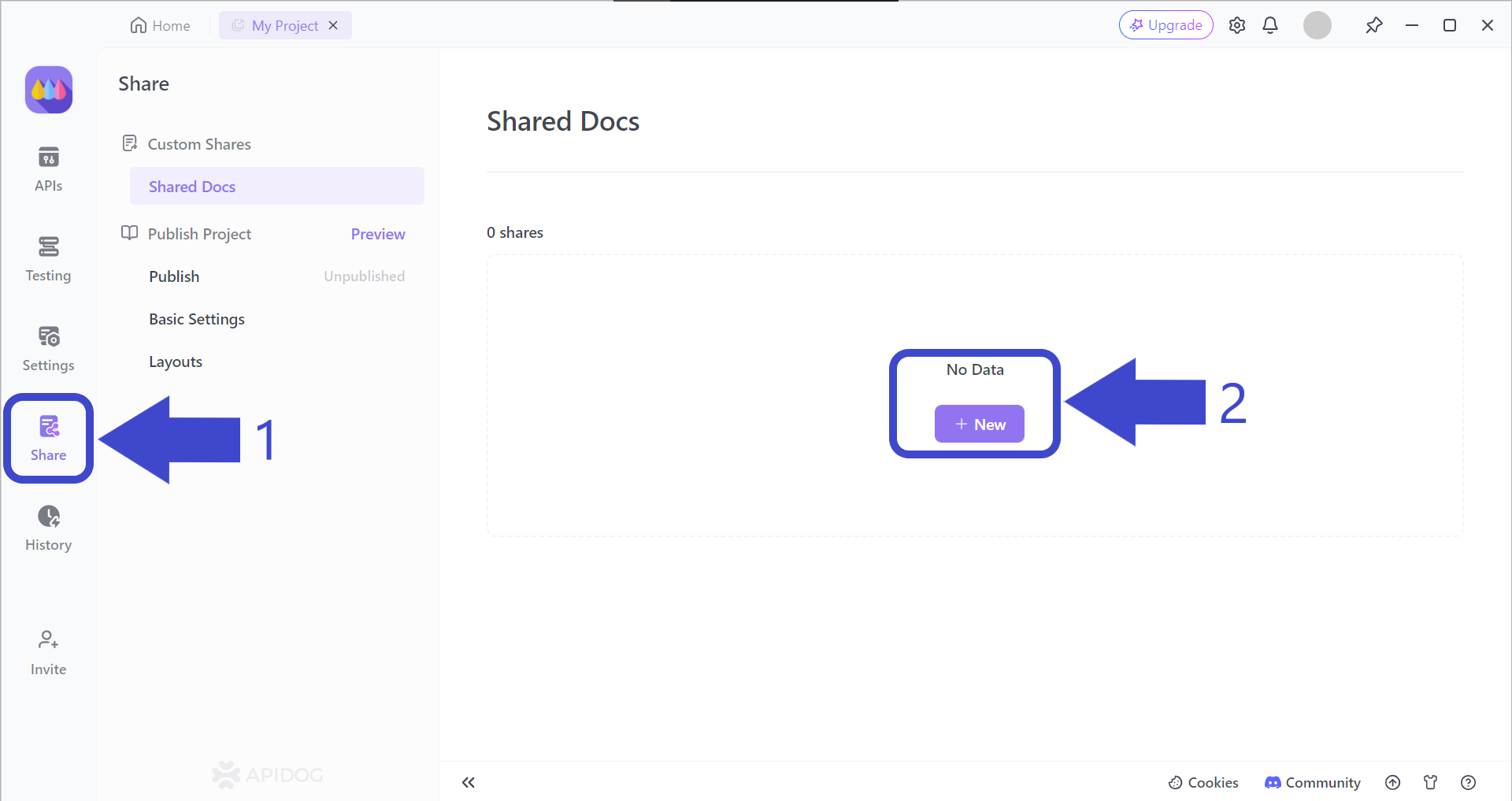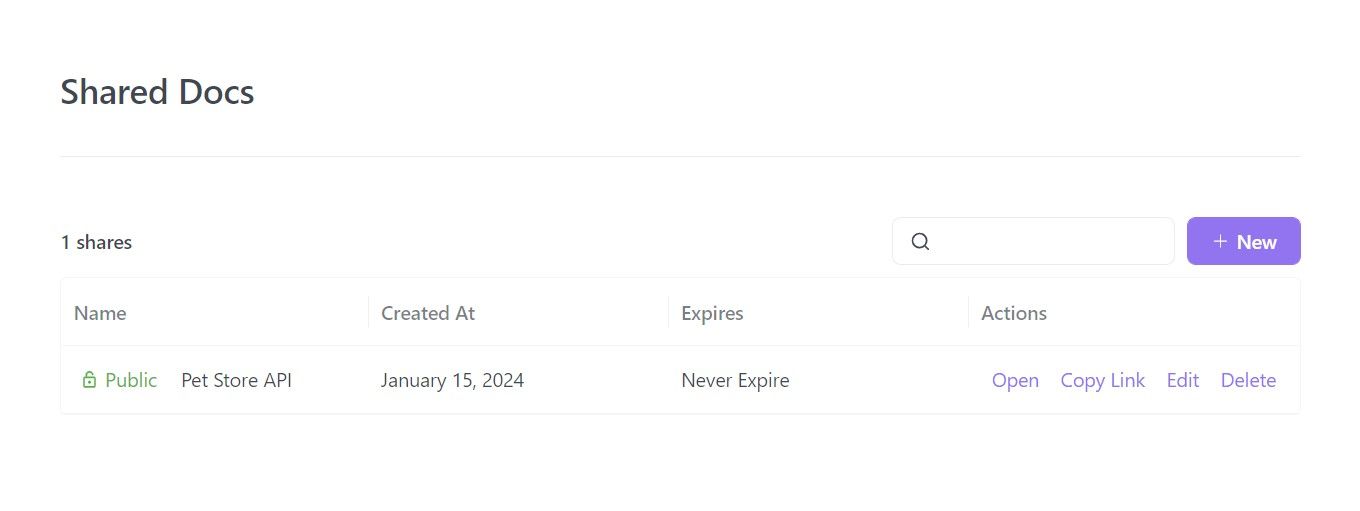As we speak, there are various types of Java API documentation that you can search or find on the internet. However, you can find and confidently rely on one of the versions: the official Oracle Java API documentation.
Apidog supports the Java language so that Java web developers can also use the application. If you are a Java developer as well, consider using Apidog. All you have to do is click the button below to get started!
Before diving deeper into what Oracle's Java API documentation is really about, an explanation for each unique term from the phrase "Java API Documentation" will be made.
Java - Object-Oriented Programming Language
Java is a high-level, object-oriented programming language. It is one of the most popular programming languages among web developers and software engineers.
To understand why Java is widely used, take a look at Java's key features:
- Automatic garbage collection: Java takes care of memory management, automatically reclaiming unused memory, and simplifying memory management for developers.
- Strong typing: Java enforces data types, which must be declared to ensure type safety and prevent runtime errors.
- Rich standard library: Java provides many pre-built classes and methods for common tasks like input/output, networking, and GUI development.
- Multithreading: Java supports concurrent programming, allowing multiple threads of execution within a single application.
- Large and active community: Java has a vast community of developers supporting it, providing extensive support, resources, and libraries. You can easily find YouTube channels that offer guidance on using Java.
Famous Examples of Java Applications
The many advantages of Java have brought a ton of innovation in the web and software development scene. Today, all of us get to enjoy the wonderful products of Java. These are the most famous examples of Java!
Example #1 - Uber

Uber is an international car-hailing application founded in 2009. Java helps Uber by supporting services that provide geolocation, push notifications, and SMS integration with payment.
Example #2 - Spotify

Do you have a Spotify playlist for coding? The music and podcast streaming application that allows you to listen to your favorite tunes anywhere utilizes Java to provide such services. An example of Java providing web services would be that it enables Spotify to record trends of song searches through geolocation.
Example #3 - X (Twitter)

Java helps us keep updated with the latest news from all corners of the world! Java aids Twitter with its backend processes, such as connecting servers and databases with users, enabling us to view the tweets we all like to read.
What is an API?
API stands for Application Programming Interface. Think of APIs as messengers between different applications, software, or systems.
APIs define rules and standards that allow them to communicate and exchange data seamlessly between two parties.
Core Functions of APIs
- Standardization: APIs provide a structured way for applications to interact, usually regardless of their internal programming languages or platforms. With APIS, integration and collaboration between different software systems become possible, and a lot easier.
- Abstraction: APIs hide the complex inner workings of a system, exposing only the functionalities and data relevant to users. Who wants to see a bunch of code that one does not understand?
- Data Exchange: APIs enable applications to send and receive data in various formats (e.g., JSON, XML). Examples of data that APIs relay are user information, weather updates, and stock prices.
- Automation: APIs can automate tasks and workflows by triggering actions in response to requests.
Why Learn How to Use APIs?
As seen above, the core functions of APIs allow applications or systems to communicate with one another. Saving time and memory consumption are just a few of the advantages. Here are more benefits of using APIs:
- Faster Development: Developers can leverage existing functionality provided by APIs, so they do not have to build their own resources from scratch.
- Larger Network: APIs allow applications to access data and services from different systems, expanding their capabilities.
- Improved Innovation: APIs enable developers to create new and innovative applications by combining different data sources and functionalities. The possibilities are limitless with what you can create with the countless amount of APIs we have today.
- Cost-effectiveness: Using APIs can be cheaper than developing everything from scratch (time is money!).
API Documentation - Instructions Explaining How APIs Work
API documentation is a set of instructions and resources that provide an explanation of how to use a certain API efficiently and effectively. It is similar to a user manual for programmers and software developers who are interested in utilizing an API for an application that they are making.
Key Components of API Documentation
API documentation has an industry standard so that it provides adequate help for developers to understand how they work. A few worth knowing are:
- Detailed descriptions of API endpoints: These endpoints are specific URLs or entry points in the API that developers can use to trigger actions or access data. The documentation should include an explanation of what each endpoint does, what parameters it accepts, and what data it returns.
- Method explanations: Each endpoint usually has different methods associated with it, such as GET, POST, PUT, and DELETE. The documentation clarifies what each method does, what data it expects, and what data it returns.
- Data formats: The documentation specifies the format of the data sent and received by the API (e.g., JSON, XML). This helps developers understand how to structure their requests and interpret the responses accurately.
- Authentication and authorization: Many APIs require authentication and authorization to ensure secure access. The documentation explains how to obtain and use the necessary credentials for accessing the API.
- Error handling: API documentation should include a description of potential error codes that may be returned as a response, as well as provide a guide on how to deal with the error if met.
- Examples and tutorials: Good API documentation often includes code examples and tutorials that demonstrate how to use the API in practice. It saves developers a lot of time, preventing them from making unnecessary trials and errors.
Java API Documentation
By mentioning Java and API documentation together, you get a term that Java developers often say refers to:
In other words. Java API documentation is like an instruction manual for anything related to Java.
An All-In-One API App - Apidog
Apidog is an easy-to-learn yet sophisticated API platform that provides developers with functionalities to design their API at any stage of an API's lifecycle.
If you're interested in providing Java API Documentation to an API that you have made using the Java programming language, take a look at our short guide below!
Generating Java Code Using Apidog

You can generate Java client code in Apidog by clicking on the </> button around the top right corner, as shown in the image above.

You should see a pop-up window next, similar to the screen above. In this window, press "Java". You should be able to see Java code on your screen. The code is yours to copy and use!
Generating API Documentation for your Java API

Firstly, begin by locating and pressing the "Share" button, found on the vertical bar on the left side of the Apidog app window.
Press the "+ New" button under "No Data" to begin creating your very first Apidog REST API documentation.
Select and Include Important API Documentation Properties

Apidog provides developers the option to define a few characteristics of the API documentation, such as the people who can view your API documentation as well as set a file password, so only chosen individuals or organizations can view it.
View or Share Your REST API Documentation

You now can decide what to do with your API documentation. Apidog compiles your API project's details into an API documentation that is viewable through a website URL.
In any case you need more details, read this article on how to generate API documentation using Apidog.
Conclusion
Getting the right Java API documentation is crucial to your understanding of how a certain Java-based API functions. It is best to find documentation made by the original developers, however, if it is difficult to find such API documentation, you can rely on Java's warm community for assistance. It's most likely that you can find videos on YouTube to help you out!
With Apidog, you can also provide trustworthy and concise API documentation for your Java API. You can also make your own version of other people's API by importing them onto Apidog. Before releasing any API, make sure to utilize Apidog's testing features so that your APIs are bug-free!



